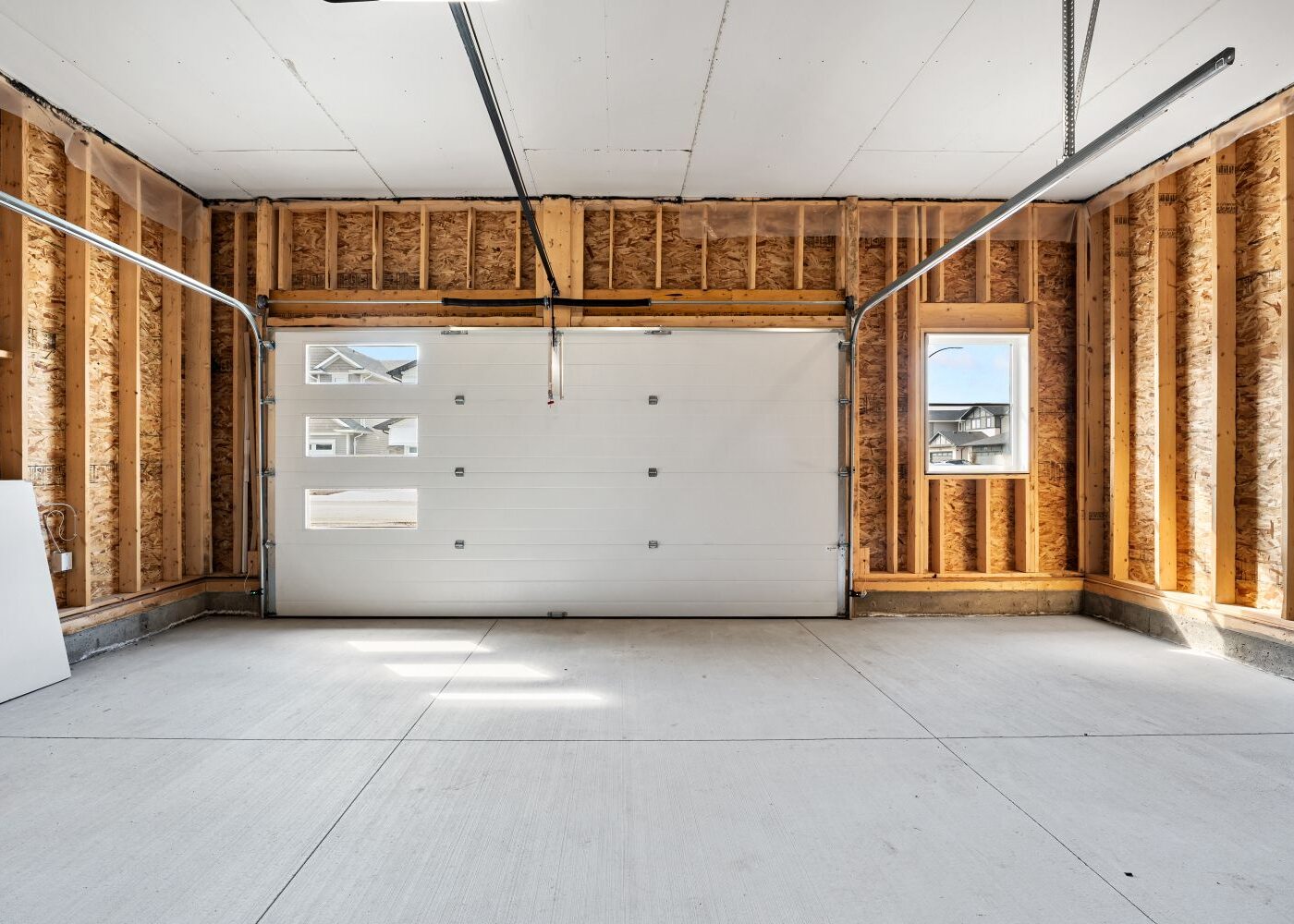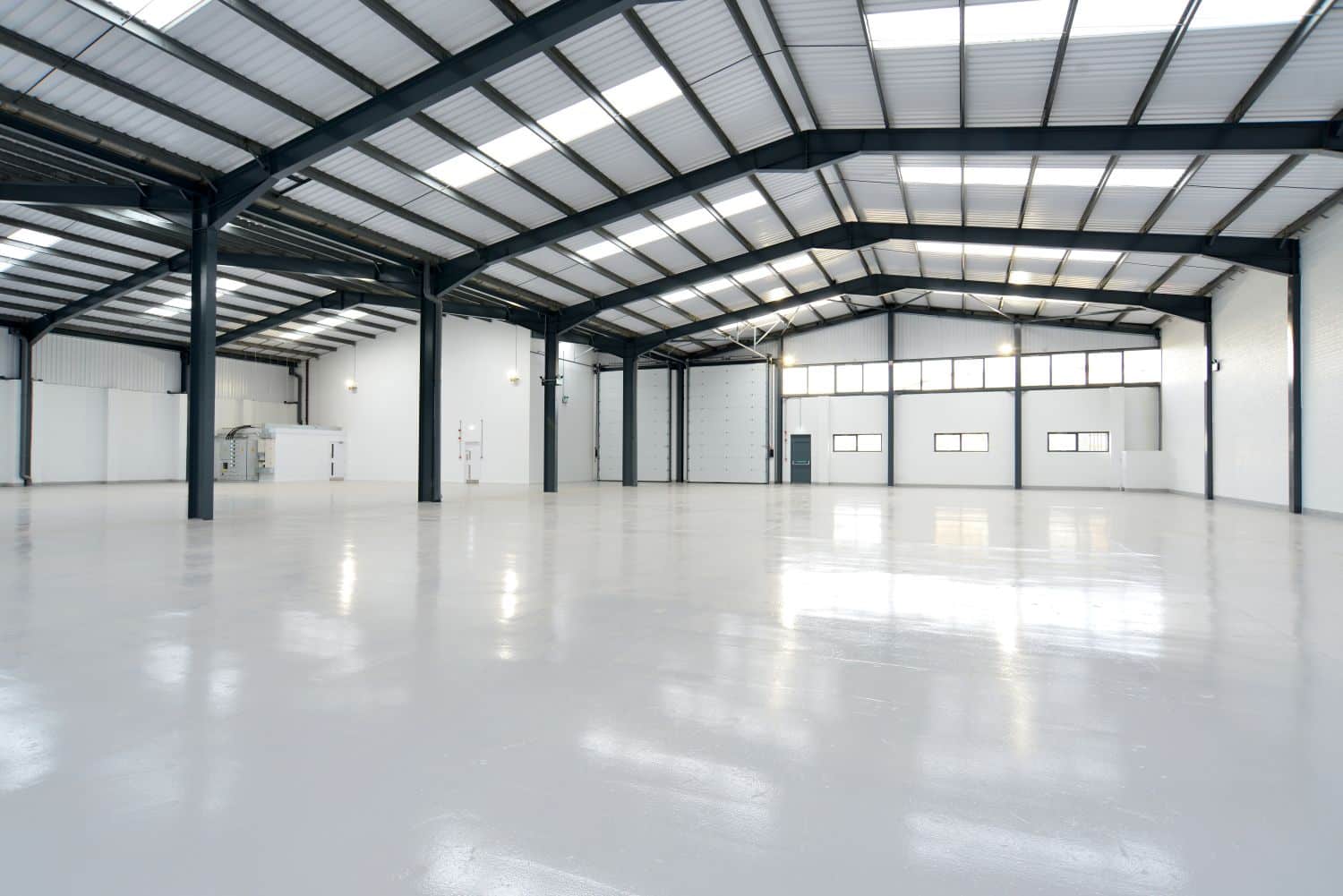Everything You Need To Know About White Concrete

One particular type of concrete that people use is white concrete. People sometimes refer to white concrete as white Portland cement. Ordinary grey Portland cement is the most common type of cement in the world.
First of all, it is worth mentioning that white concrete functions in much the same way as standard concrete. The only significant difference is the colour. It has many of the same uses as regular cement.
White concrete requires chemical modification during manufacturing to create its colour. This means that white cement will cost more, so it is not economical for structural projects such as foundations.
What are the uses of white concrete?
People can use white concrete for a variety of projects. Technically speaking, people can make use of it for the same projects as grey cement. However, in most cases, it is a design element – not a constructive element.
It is a beautiful look for a concrete floor, as slabs for a patio or in a garden path. People do not usually use white concrete for construction or ordinary masonry, as it is primarily for decorative use.
The handy thing about white concrete is that it can remove the need for painting or finishing. The appearance of ordinary grey concrete can be drab, albeit functional, so people use a white mix for a brighter appearance.
Some of the popular applications of white concrete include the following:
- Flooring: A white concrete floor provides a texture with a naturally bright pigment. The advantage of using a white concrete mix is that it will not fade. Painting or staining grey cement can risk chipping or fading over time.
- Cladding: White concrete panels, normally on the outside of a building, can be extremely striking and reflect light effectively. This is a common application for commercial buildings or in prestige homes.
- Patios and gardens: The brightness and durability of the concrete make it both functional and aesthetic. A patio or garden path made with white concrete slabs can also resist weather damage.
Essentially, the use of white concrete is a decorative choice. The cost of using a white concrete mix, in contrast to a grey mix, means that something beyond functionality is necessary to warrant its use.

Benefits of white concrete
White concrete will make a visual impact in terms of design. It is also a very responsive form of concrete in terms of further decoration and finishing. Staining and colouring a white cement mix provides a brighter appearance in comparison to grey cement.
Using gray cement is more economical, but the resulting colour can have a duller hue. In a project seeking to make a visual impact, the vivid nature of white cement is capable of absorbing bright reds, pinks, yellows and other vibrant colours.
White concrete is also very reflective, which gives it a warmth and shimmer when it is in sunlight. Artificial light also provides this sense of glowing, but to a lesser extent. This is why people commonly use white cement outside.

Are there any drawbacks to white concrete?
Essentially, the main drawback of white cement is cost. However, as the decorative aspect is innate to the white concrete mix, additional finishing may not be necessary.
Concrete finishing services in residential and commercial projects may cover a large surface area. Some, such as polished finishing in an office, require durability and tolerance due to constant use and wear. White concrete is not normally subject to such stress, so these functional finishes may be unnecessary.
White concrete is not subject to things like footfall or vehicle use, as in the case of a concrete warehouse floor, so it also has a higher sense of fragility. Additionally, due to its appearance, any damage that does occur may seem more obvious.
How do you make white concrete?
Generally speaking, the steps necessary to make a white concrete mix are the same as any other form of concrete. The chief difference is that the white cement powder will have a distinct white colour, in comparison to the more common grey.
When laying a white concrete slab, the process is also much the same. People will pour the concrete over a subbase of gravel or sand to make the foundation, and it will harden and cure in the same way as other types of concrete.
White concrete is as quick and simple to make as any other form of concrete. One consideration is that the quality of the sealing may have to be more precise, as any imperfections will seem more obvious on the bright white surface.
Where to get white concrete
The benefits of white concrete are largely in terms of appearance; the cost is the only major drawback. White concrete does not work, in an economic sense, for foundations or structural aspects of a building.
We are capable of delivering white concrete flooring, patios or other projects swiftly and with a professional grade of quality. All of our design projects make use of our extensive expertise to deliver exceptional finishes and craftsmanship.
Concrete design projects can be a challenge, but our concrete flooring experts can deliver results, so when you are ready to start your own, contact us for a quote and a professional result.

